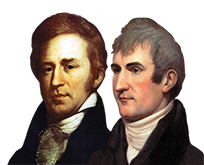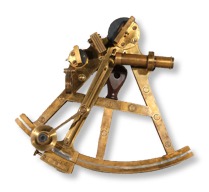Mini Bios
(click any image to read bio; click left-right arrows to scroll)

Robert Heacock

Steve Wang

John Orthmann

He is a long-time member of the chapters that comprise the new PNW Region, and is a past president of the Washington Chapter. Robert has always appreciated those who are students of the Expedition and have appreciated the story that still resonates so well with the American public.
Business travel during a 30 year career in Insurance claims and investigations has provided an opportunity to see much of the Trail in the West. Since 2017 he has been an historian on Columbia and Snake River cruise boats and has seen the desire of the public from across America to experience and see the rivers as the Expedition members did. In 2021 he was also able to cruise the Mississippi and Ohio Rivers from St Louis, Missouri to Pittsburgh, Pennsylvania, which helped to enhance his knowledge of the Trail. He also is the author of Wind hard from the west, the Lewis and Clark Expedition on the Snake and Columbia Rivers. The photography in the book is courtesy of Kris Townsend.
Given that the LCTA is a dynamic organization, he is pleased to help the transition process and to make a contribution to the future of the LCTA.
Robert and his wife Melanie live in the Spokane, Washington area. He has taught most of his nine grandchildren the art of eating ice cream.

In 1991, he was appointed manager of Washington State Parks’ Interpretive Program, which included the responsibility of leading interpretive projects across the state. The Lewis and Clark Expedition continued to have a nearly permanent place on the list of on-going work. As the L&C Bicentennial approached, he led the work on design, creation and installation of new, engaging exhibits at two expanded state park visitor centers -- Lewis and Clark Interpretive Center (Cape Disappointment State Park) and Sacajawea Interpretive Center (Sacajawea State Park).
For his interpretive work, he was awarded a Lewis and Clark Trail Heritage Foundation’s Meritorious Achievement Award in 2004. In 2008, the National Association of State Parks Directors selected Steve to receive a special President's Award for his work in education and stewardship throughout the state park system.
Steve served as Vice President, President, and is currently the Immediate Past President of the Washington Chapter.

John joined the Washington State Chapter in 2005. He became a member of the board of directors in 2008, and later served as Chapter President in 2015 and 2016. John served as an editor of "Worthy of Notice," the former newsletter of the WA State Chapter, from 2010 until it was discontinued in 2021. He is currently editor of "Course & Communication," the newsletter of the Pacific Northwest Region of the LCTHF.
John is a graduate of the University of Washington, and he resides near Seattle, WA.
[Board Email Login]







